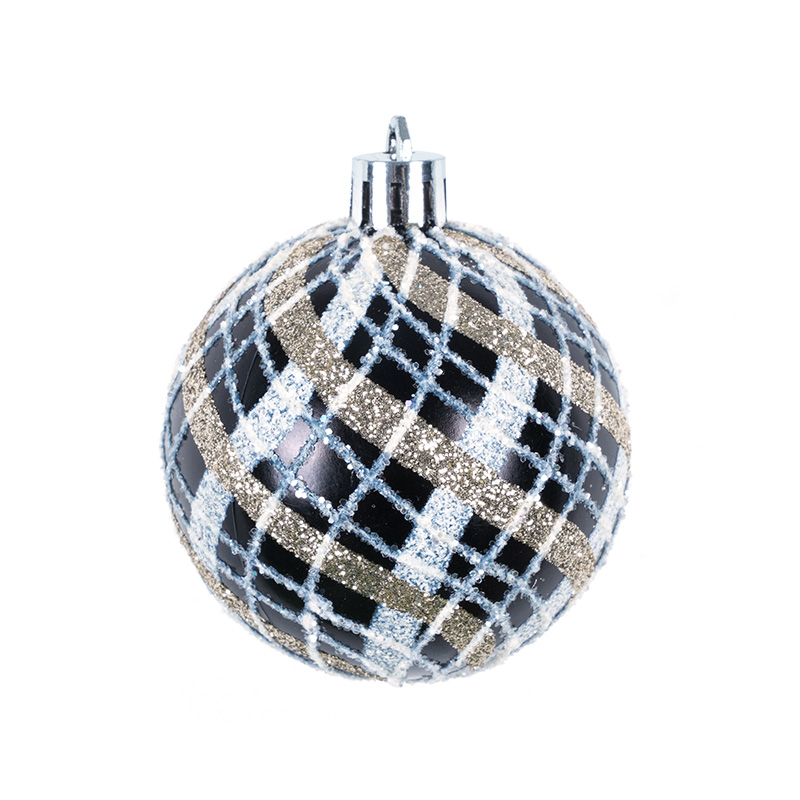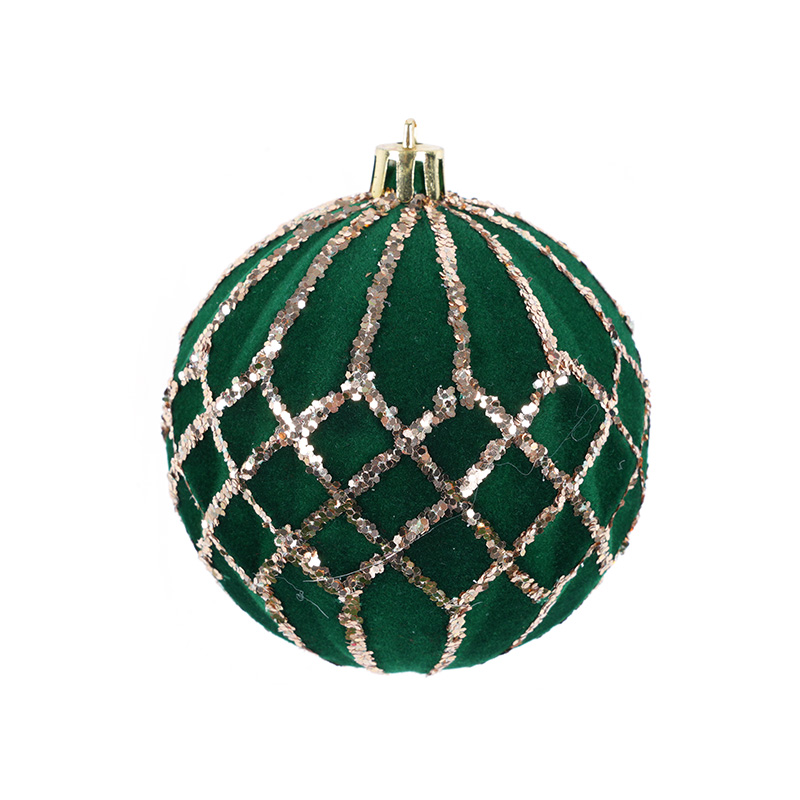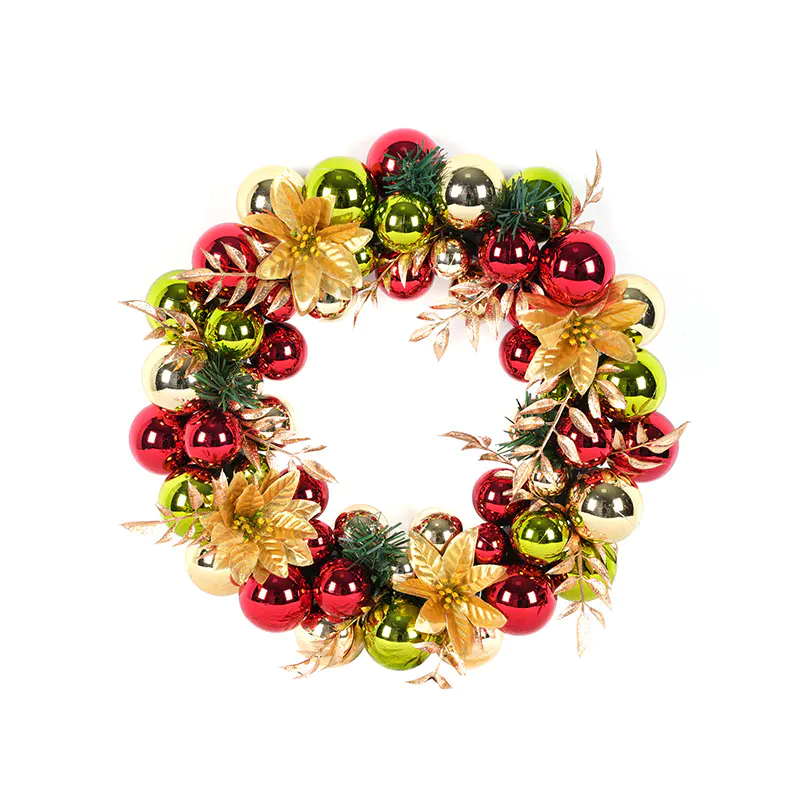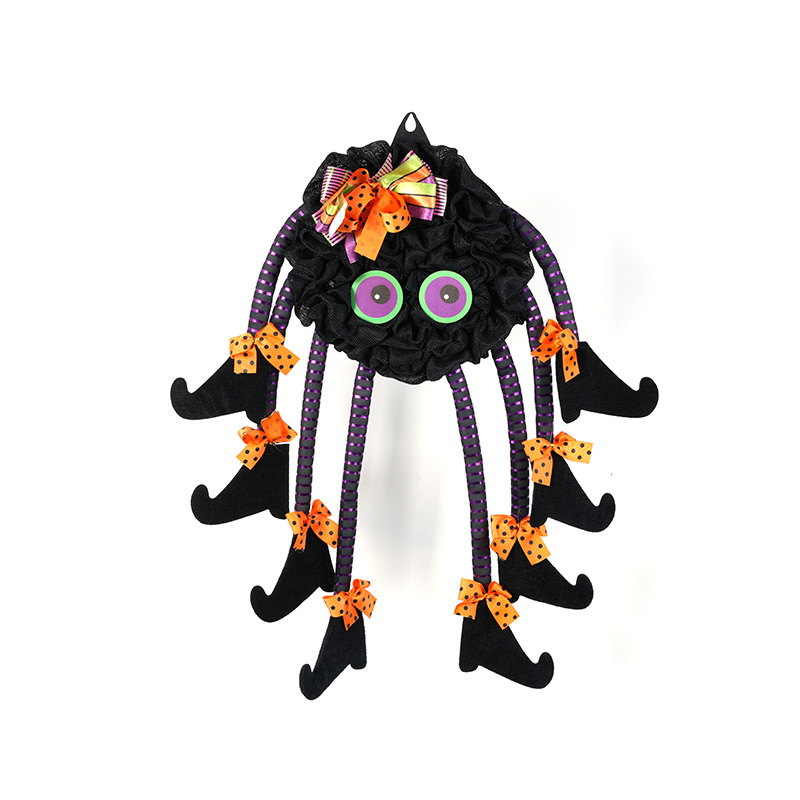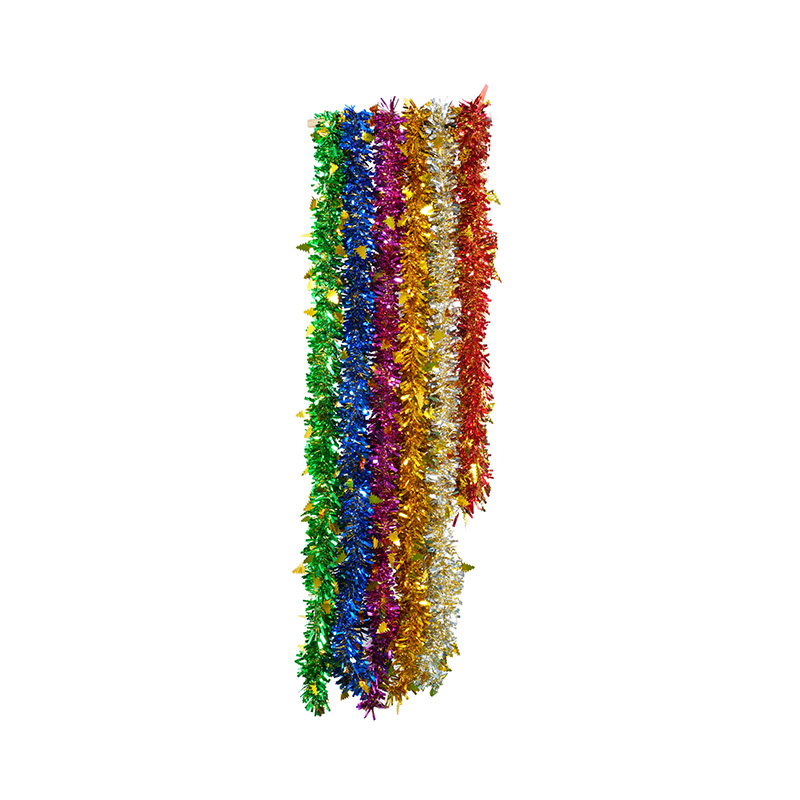
The Importance of Fire Safety in Holiday Decorations
As families prepare their homes for the festive season, safety often takes a backseat to aesthetics. Yet, when it comes to holiday decorations, especially those involving synthetic materials and electrical components, fire safety should be a top priority. Among these, wreaths are commonly placed on doors, walls, or even near lights and candles, which increases the importance of knowing whether Christmas Tree Wreath Decorations are fire-resistant or made with flame-retardant materials.

Materials Used in Wreath Construction and Their Fire Behavior
Modern wreaths are typically crafted from plastic-based foliage such as PVC or PE, combined with decorative accents like fabric bows, faux berries, and sometimes even metallic elements. The fire performance of these materials varies. While PVC inherently has some flame-retardant qualities, not all products on the market meet safety standards for residential use. Manufacturers may enhance flame resistance by treating the wreath with fire-retardant sprays or by using pre-treated synthetic materials. However, consumers should be cautious, as not all decorations carry clear fire safety labeling or certifications.
What to Look for in Flame-Retardant Wreaths
When purchasing holiday decor, checking for specific product certifications is key to ensuring fire resistance. Wreaths labeled as "flame-retardant" or "compliant with UL94 standards" indicate a level of tested safety. Some retailers also specify whether the product is suitable for indoor or outdoor use, which can affect its exposure to heat sources. It is advisable to read the packaging or online product description thoroughly. Buyers should also avoid placing wreaths near open flames or high-heat areas, regardless of their fire-retardant status, to reduce risk.
Comparing Natural vs. Artificial Wreath Options
Natural wreaths made from real pine or fir branches offer a classic holiday feel, but they present fire risks. As they dry out, they become increasingly flammable, especially when exposed to heat or prolonged indoor use. In contrast, artificial wreaths, especially those designed with safety in mind, can offer better long-term resistance to fire hazards. Some premium versions are manufactured with built-in safety coatings that help prevent ignition. Choosing between the two often comes down to balancing authenticity with precaution.
Practices for Fire-Safe Decoration Usage
Regardless of the type of wreath chosen, proper placement and maintenance are essential. Avoid placing wreaths above fireplaces or on doors that are frequently exposed to heat. If the decoration includes integrated lighting, verify that the lights are low-voltage LED and that cords and connections are intact. Routine checks for wear, dust buildup, and dryness (in the case of natural wreaths) can further reduce potential fire risks. Taking these simple yet effective precautions allows families to enjoy their festive surroundings without compromising safety.
Conclusion: Prioritizing Safety Without Sacrificing Style
The visual appeal of Christmas Tree Wreath Decorations is undeniable, but ensuring they are fire-resistant is crucial for a secure holiday environment. With more manufacturers now offering products with tested flame-retardant properties, consumers have the option to choose stylish yet safe decor. Understanding what materials are used, reading labels carefully, and following basic safety guidelines can help


